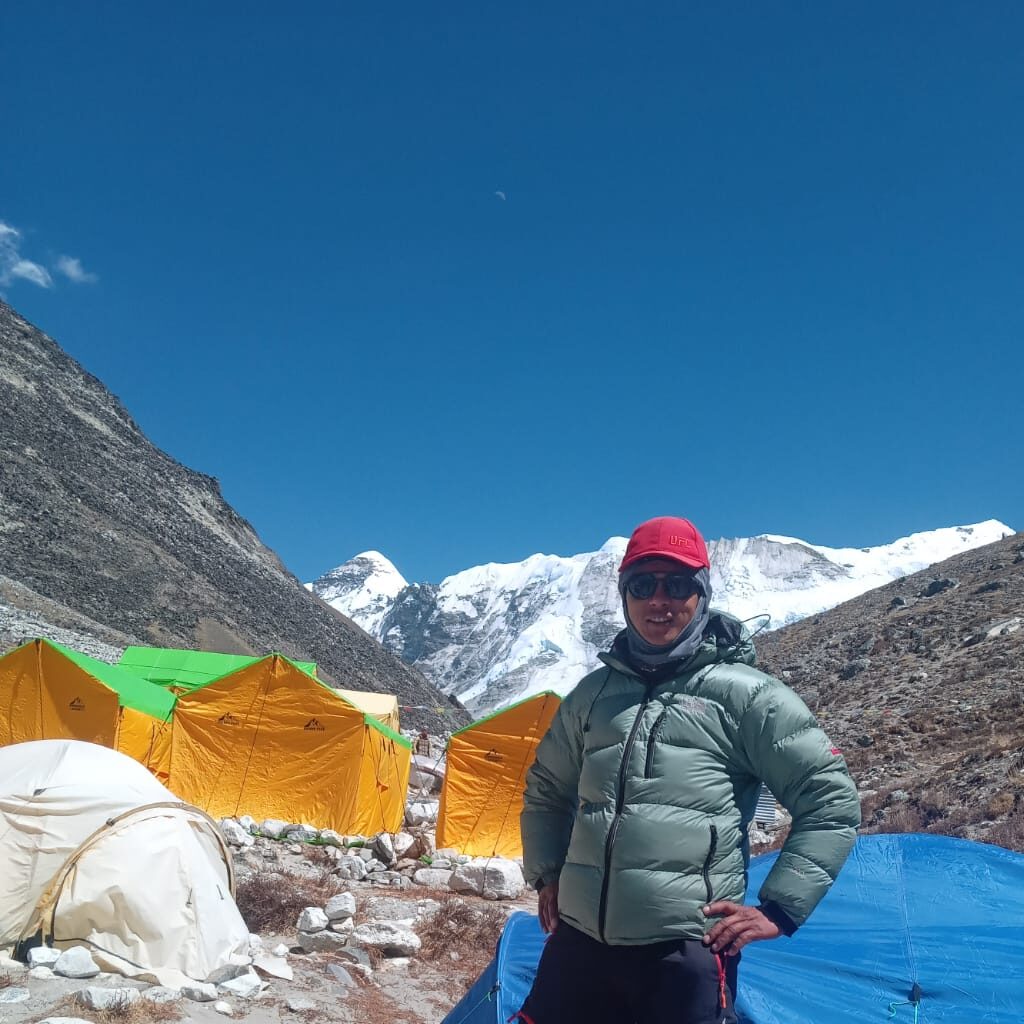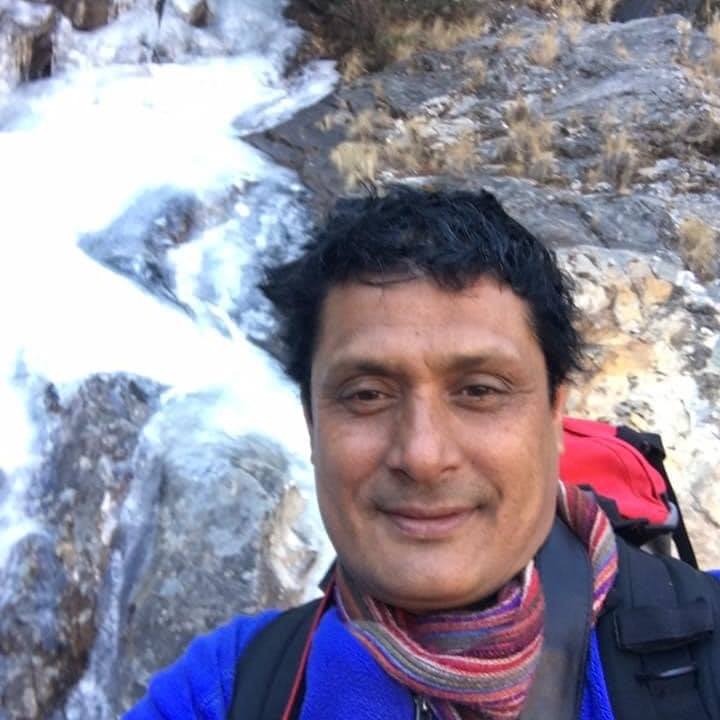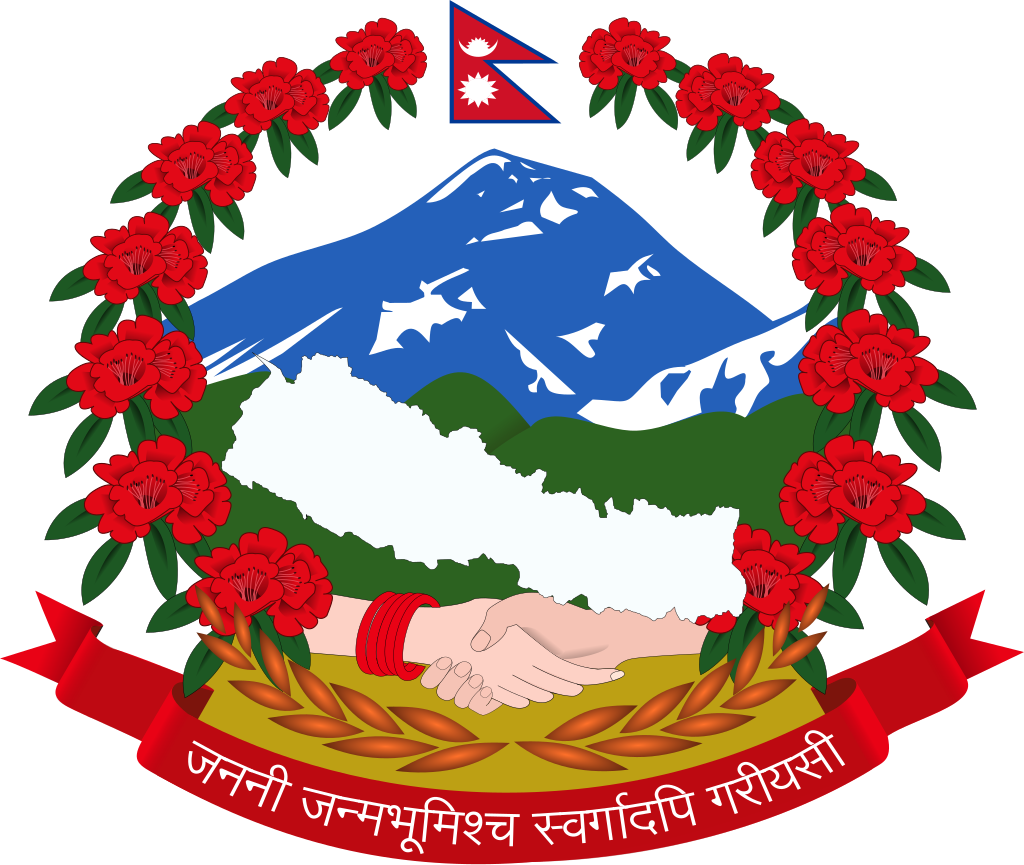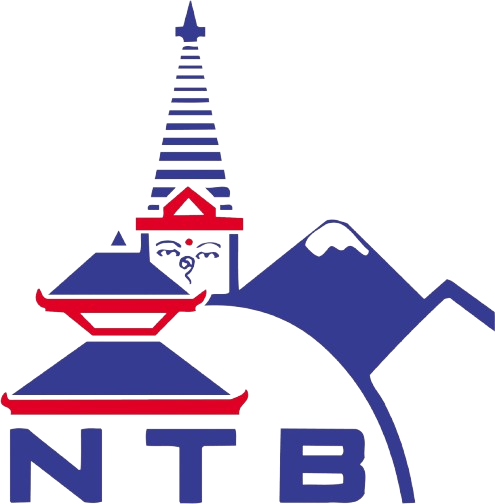Island Peak, also known as Imja Tse, is a popular trekking peak located in Nepal’s Everest region, standing at 6,189 meters (20,305 feet) above sea level. It is part of the Sagarmatha National Park, a UNESCO World Heritage Site. The peak was named “Island Peak” in 1952 by Eric Shipton’s team because of its striking appearance, resembling an island in a sea of ice when viewed from Dingboche. Although it has been officially renamed Imja Tse, both names are still commonly used.
Why Climb Island Peak?
Island Peak (6,189 meters) is one of the most popular climbing peaks in Nepal. Its stunning views, technical challenge, and relatively accessible difficulty make it the perfect introduction to Himalayan mountaineering. Also known as Imja Tse, this peak sits in the heart of the Everest region, offering views of Mount Everest, Lhotse, and Nuptse. It’s ideal for climbers looking to test their skills before attempting higher, more technical peaks.
What sets Island Peak apart? It’s not just the spectacular mountain scenery or the challenge of summiting a 6,000-meter peak it’s the entire experience of the Khumbu region. The trek to the base camp offers not only magnificent landscapes but also a chance to immerse yourself in Sherpa culture, passing through villages like Namche Bazaar, Tengboche, and Dingboche.
What to Expect from Island Peak Climbing
The Island Peak climb is considered a non-technical trek with some basic mountaineering elements like ice climbing and rope use. While it is an excellent training ground for mountaineers, it still requires a solid level of physical fitness, mental determination, and technical skills (especially with ice axe and crampon work).
Suggested Itinerary for Island Peak Climbing
-
Day 1: Fly into Kathmandu, preparation, and briefing
-
Day 2: Fly from Kathmandu to Lukla, then trek to Phakding
-
Day 3: Trek from Phakding to Namche Bazaar
-
Day 4: Acclimatization day in Namche: hike to Everest View Hotel or Khumjung
-
Day 5: Trek to Tengboche, visit the famous Tengboche Monastery
-
Day 6: Trek to Dingboche, another acclimatization day
-
Day 7: Trek to Chukung (base for Island Peak ascent)
-
Day 8: Rest day in Chukung for final acclimatization
-
Day 9: Island Peak Base Camp → Camp 1 (4,950 meters)
-
Day 10: Climb to Island Peak Summit (6,189 meters), return to Base Camp
-
Day 11: Trek back to Pheriche
-
Day 12: Return trek via Dingboche and Tengboche to Namche
-
Day 13: Trek to Lukla
-
Day 14: Fly back to Kathmandu from Lukla
Difficulty Level and Training Requirements
While the Island Peak climb is technically accessible, climbers should have basic mountaineering experience, including familiarity with ice axes, crampons, and ropework. The altitude can be a challenge, and acclimatization is crucial.
Training:
-
Cardio fitness (running, cycling) to prepare for long trekking days
-
Strength training, particularly legs and core, to handle the climb
-
Climbing practice: If you’re new to ice climbing, it’s recommended to take a climbing course before your trip.
Best Time to Climb Island Peak
-
Autumn (September to November) is the most popular season, with clear skies, stable weather, and perfect conditions for climbing.
-
Spring (March to May) also offers great weather and fewer crowds compared to the autumn months.
-
Winter (December to February): cold temperatures, but fewer climbers and tranquil surroundings.
-
Monsoon (June to August): Avoidable due to rain, potential landslides, and poor visibility.
What to Bring
Here’s what to pack for a successful Island Peak climb:
-
Climbing Gear: Ice axe, crampons, harness, helmet (can be rented in Kathmandu)
-
Clothing: Waterproof jacket, trekking pants, thermal wear, gloves, and base layers
-
Footwear: High-quality trekking boots and climbing boots (for summit day)
-
Safety gear: First-aid kit, trekking poles, headlamp
-
Personal items: Water bottles, snacks, sun protection, power bank
What Makes Island Peak Special?
-
Accessible, Yet Challenging: Island Peak provides a perfect blend of adventure without requiring previous advanced mountaineering experience.
-
Breathtaking Views: The climb offers unparalleled views of Mount Everest, Lhotse, Makalu, and the Khumbu Icefall you won’t find scenery like this anywhere else in the world.
-
Cultural Experience: Climbing Island Peak isn’t just about the mountain it’s about the people. The trek takes you through Sherpa villages, where you’ll witness unique cultures, monasteries, and local traditions.
Climbing Island Peak is a dream for many adventurers, offering a perfect blend of technical challenge, stunning views, and a cultural experience in Nepal’s Everest region. Whether you’re looking to step up from trekking to your first peak or just looking for a Himalayan adventure that’s just right, Island Peak will leave you with memories for a lifetime.
FAQs
1. Do I need previous climbing experience?
While basic mountaineering skills (like using ice axes and crampons) are helpful, you don’t need prior climbing experience. For first-timers, we recommend taking a short climbing course before the trek.
2. How high is Island Peak?
Island Peak stands at 6,189 meters (20,305 feet), making it one of the highest trekking peaks in Nepal.
3. What is the success rate of summiting Island Peak?
With proper acclimatization, good physical preparation, and solid weather conditions, the success rate is high. However, altitude sickness or weather conditions can sometimes impact climbs.
4. Do I need a guide and porter?
It’s highly recommended to trek with a licensed guide. While the trail is well-marked, the added knowledge of a guide can improve safety, particularly on the summit day. Porters are also available for carrying personal gear.
5. Is Island Peak safe to climb?
Yes, it’s safe to climb, especially with a professional guide and good preparation. Your team will also be equipped with first aid kits, oxygen tanks, and weather forecasts to ensure safety during the climb.
6. How much does Island Peak climbing cost?
The total cost generally ranges between USD $2,000–$3,000, including permits, guide, porters, accommodation, and food. Prices vary based on package inclusions.



 Have Questions?
Have Questions?






